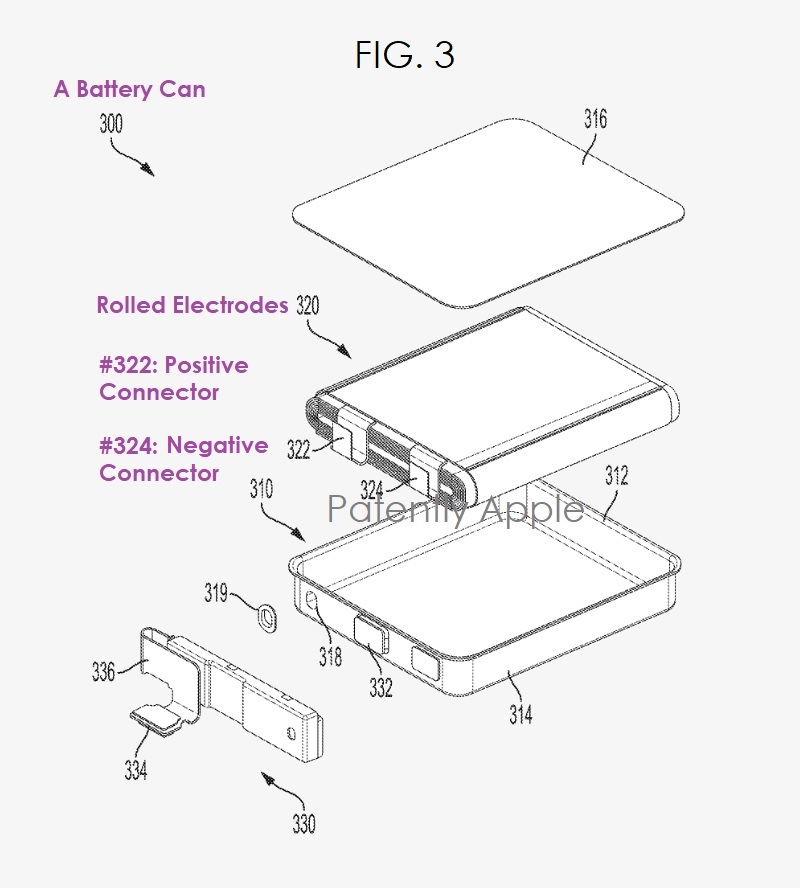
Apple Could Ditch Pouch Batteries in Favor of Metal Can Designs
- Apple is exploring metal-can battery design to replace the “explosive” pouch cells.
- The firm is also trying to develop a system that will detect swelling batteries early on.
- There’s also a patent presenting a WiFi 7 system, indicating that Apple is already preparing for it.
Pouch batteries are great for when looking to utilize all the available space inside very restrictive applications such as smartphones, but they aren’t without their flaws. They are prone to gas (carbon monoxide and carbon dioxide) accumulation which results in swelling, pushing screens outside of the frame, and generally creating a dangerous situation. For this reason, Apple is considering a replacement in the form of a metal-can design.
According to a recently published patent spotted by Patently Apple, we see the description of “a battery with an electrode surrounded by a rigid or semi-rigid housing that can be in close proximity to electronic components without interfering or damaging the electronic components. This allows the battery to be increased in size, reducing wasted space and allowing for the electronic device to have a longer battery life without increasing the size of the electronic device”.
But that’s not all. Apple has had two more patents approved by the U.S. Patent Office recently, one titled “Transient Power Management Circuit,” and one more which describes a method for determining and controlling battery expansion.
The latter is a very important safety system that we haven’t seen anywhere thus far, and it would help prevent explosions or toxic gas leakages from cells that have been damaged, but it’s not apparent. Especially in well-built devices like the iPhone, pouches could start swelling, and the users wouldn’t have an indication of it until it’s already quite dangerous.
Apart from all the battery stuff that Apple’s engineers are working on, there’s also a patent application that is describing the company’s first steps towards the adoption of the IEEE 802.11be, a.k.a. WiFi 7. This is an upcoming technology that is expected to take its final form by early 2024, featuring a tri-band system of 2.4, 5, and 6 GHz frequency bands. It’ll also feature a lower latency compared to WiFi 6 and double the maximum data rates (on the 320 MHz channel).
Although Apple is typically not adopting new tech immediately, it’s good to see that they’re already preparing for WiFi 7. Of course, patent applications and approvals don’t mean anything for sure, and what you see above is neither an omen nor a binding element. We may as well never see any of the above techs materialize in the presented forms, and it’ll be perfectly normal.






